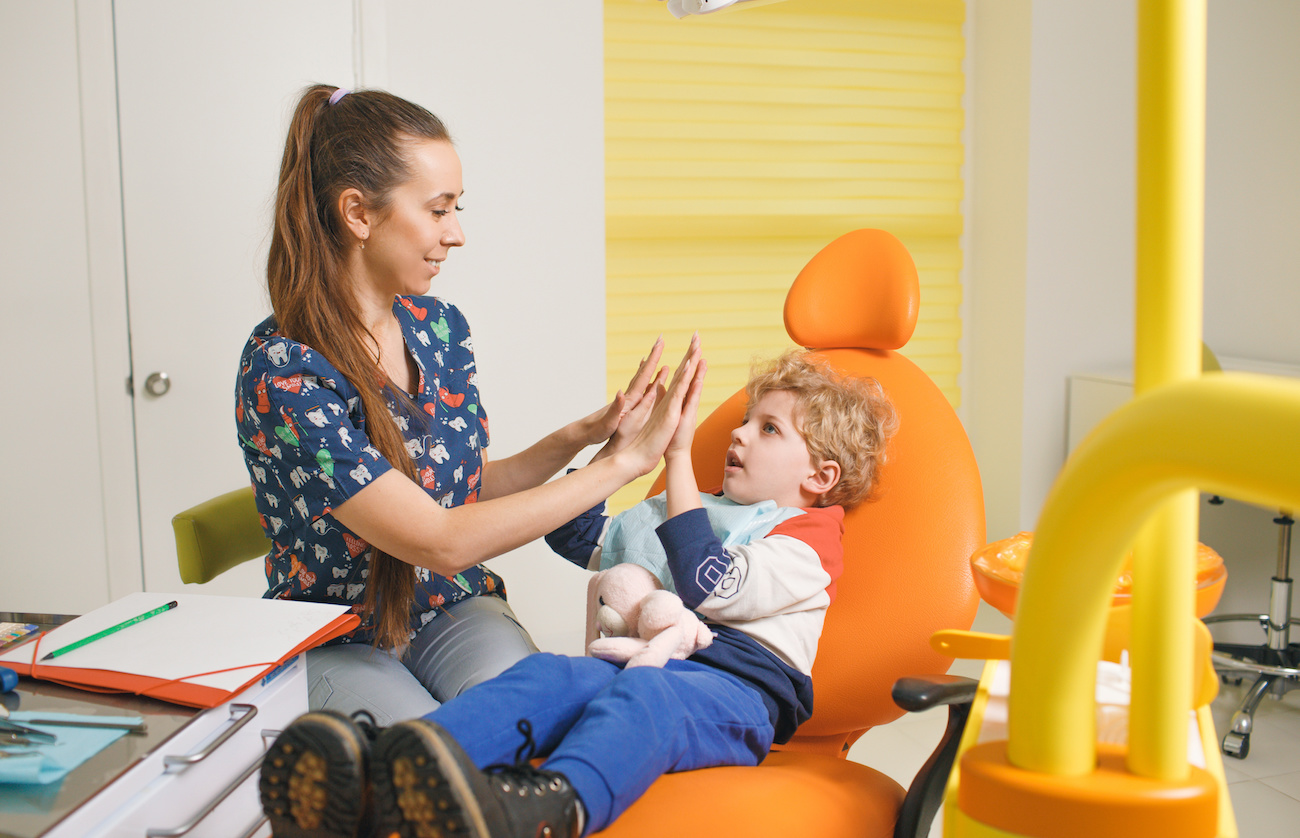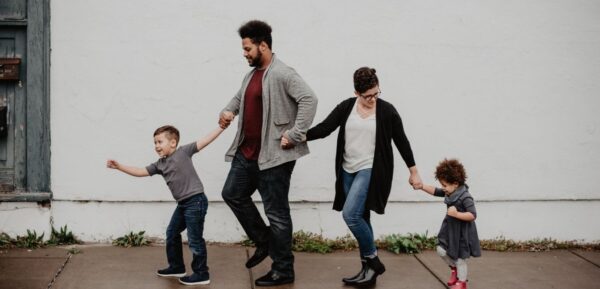Yes, brushing and flossing your child’s teeth is a parental responsibility, and it’s worth it. Unfourtanley, young children are not able to clean their teeth properly. Children tend to miss the spaces in-between teeth and hardly ever brush their tongues. As a parent, you must brush and floss for them when they are young and provide guidance as they get older.
Milestone To Keep An Eye Out For
As you practice a better brushing and flossing routine, a significant milestone to look out for is when your child can write his or her name. At this point, your child can do a good job brushing. You will still need to check to make sure your child does a good job. A good habit of starting is cleaning your child’s mouth even before your child has teeth. Both you and your child will become experts at keeping the mouth clean and providing the primary teeth a clean place to erupt. Let’s learn how to wipe all parts of the gums and teeth:
- Find a comfortable space to lay your baby down.
- Be sure you can see into your baby’s mouth.
- Wrap your finger in a clean, damp washcloth or use a soft baby brush, then brush or wipe your baby’s gums and teeth.
- Avoid toothpaste until your child has teeth.
Brushing Your Childs Teeth
- First Step : Hold the toothbrush at a 45-degree angle to the teeth. Point the bristles to where the gums and teeth meet.
- Second Step : Use gentle circles while trying to avoid scrubbing the teeth. You can hurt the gums by brushing too hard, so remember to be gentle. Take the time to clean every surface of every tooth. For example, use the “toe” or front part of the brush to clean the front teeth.
Picking a Toothbrush
For the best brushing and flossing experience, it’s best to select a soft toothbrush, with rounded bristles, and be the right size for your child’s mouth. You should plan on buying a new toothbrush at least every 3 or 4 months.
Keep an eye out for bent or worn-down bristles. Children can be tough on toothbrushes. Worn down or bent bristles will not do a good job and may harm your child’s gums.
Toothpaste
Check the box or tube for the symbol of the Canadian Dental Association. This symbol means the toothpaste has fluoride. Use only a bit of toothpaste, and make sure your child spits it out and rinses well. Click here to book a dental appointment.
As excessive swallowing of toothpaste by young kids may result in dental fluorosis, children under six years of age should be supervised during brushing and only use a tiny amount of toothpaste.
Children under three years
Children under three years of age should have their teeth brushed by an adult. The level of risk defines the use of fluoridated toothpaste in this age group. If your child is at risk of developing tooth decay, an adult should be brushed by an adult using a small amount of fluoridated toothpaste.
Children from 3 to 6 years of age
An adult should assist this group with brushing their teeth. In this situation, please use a green pea size of fluoridated toothpaste should be used.
How to Floss
First Step
In the first step you take a piece of floss about as long as your child’s arm. Then wrap it around your middle fingers, leaving about 2 inches between the hands. Now you guide the floss between the teeth using your index finger as the guide. Click here to book a dental appointment.
Second Step
Glide the floss between the teeth and wrap it into a “C” shape. It should wrap around the base of the tooth, where the tooth joins the gum.
Third Step
Clean the tooth from bottom to top 2 or 3 times or more until it is squeaky clean. Be sure you floss both tooth surfaces, and don’t forget the backs of the last molars.Go to a new part of the floss as you travel from tooth to tooth. After flossing, roll it up in a tiny ball and put it in the garbage.
It’s Important to Brush and Floss Your Teeth Before Bed.
It’s essential to get rid of the small pieces of bread or food, sugars, and germs (bacteria)that cause cavities. Also, when your child is asleep, he or she does not produce as much spit (or saliva). Saliva helps keep the mouth clean. So, yes, brushing at bedtime is very important.
Book an Appointment

As with adults, your child needs to get their teeth cleaned and a dental checkup every six months. Kids should start going to the dentist soon after their first tooth erupts or around their first birthday, whichever happens first. Click here to book a dental appointment.
